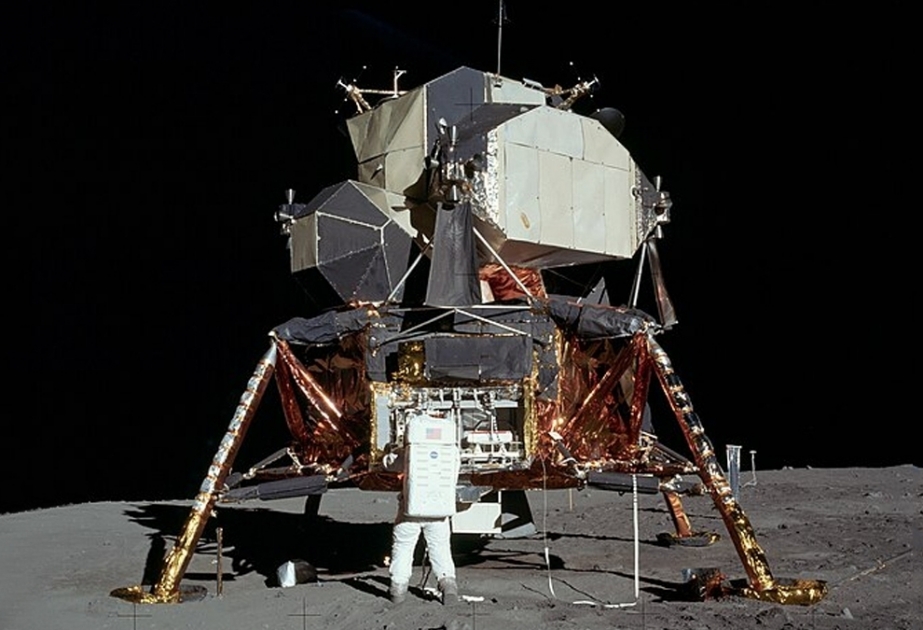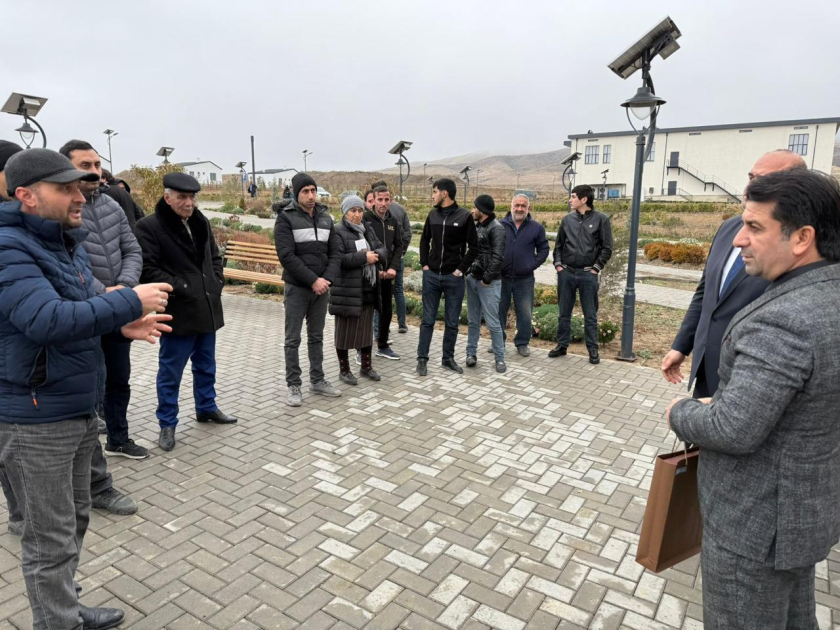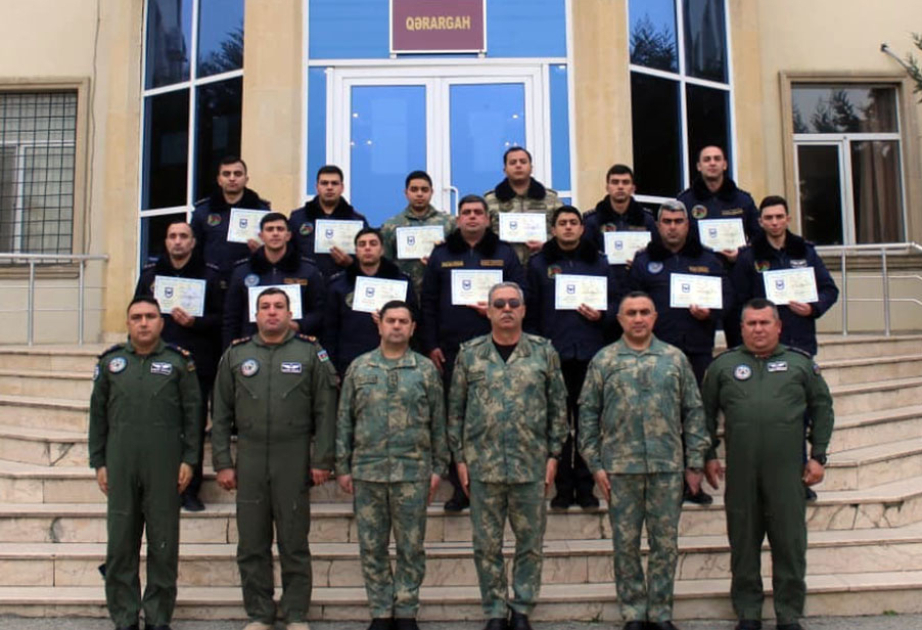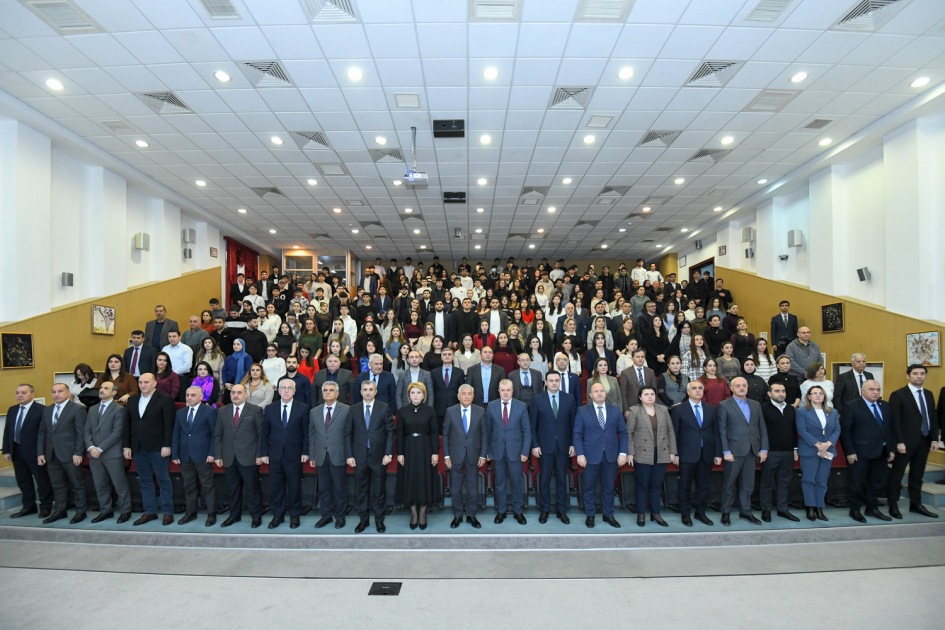A spacecraft built and flown by Texas-based company Intuitive Machines landed near the moon's south pole on Thursday, the first U.S. touchdown on the lunar surface in more than half a century and the first ever achieved by the private sector, according to Reuters.
NASA, with several research instruments aboard the vehicle, hailed the landing as a major achievement in its goal of sending a squad of commercially flown spacecraft on scientific scouting missions to the moon ahead of a planned return of astronauts there later this decade.
But initial communications problems following Thursday's landing raised questions about whether the vehicle may have been left impaired or obstructed in some way.
The uncrewed six-legged robot lander, dubbed Odysseus, touched down at about 6:23 p.m. EST (2323 GMT), the company and NASA commentators said in a joint webcast of the landing from Intuitive Machines' (LUNR.O), opens new tab mission operations center in Houston.
The landing capped a nail-biting final approach and descent in which a problem surfaced with the spacecraft's autonomous navigation system that required engineers on the ground to employ an untested work-around at the 11th hour.
It also took some time after an anticipated radio blackout to re-establish communications with the spacecraft and determine its fate some 239,000 miles (384,000 km) from Earth.
When contact was finally renewed, the signal was faint, confirming that the lander had touched down but leaving mission control immediately uncertain as to the precise condition and orientation of the vehicle, according to the webcast.
"Our equipment is on the surface of the moon, and we are transmitting, so congratulations IM team," Intuitive Machines mission director Tim Crain was heard telling the operations center. "We'll see what more we can get from that."
Later in the evening, the company posted a message on the social media platform X saying flight controllers "have confirmed Odysseus is upright and starting to send data."


















